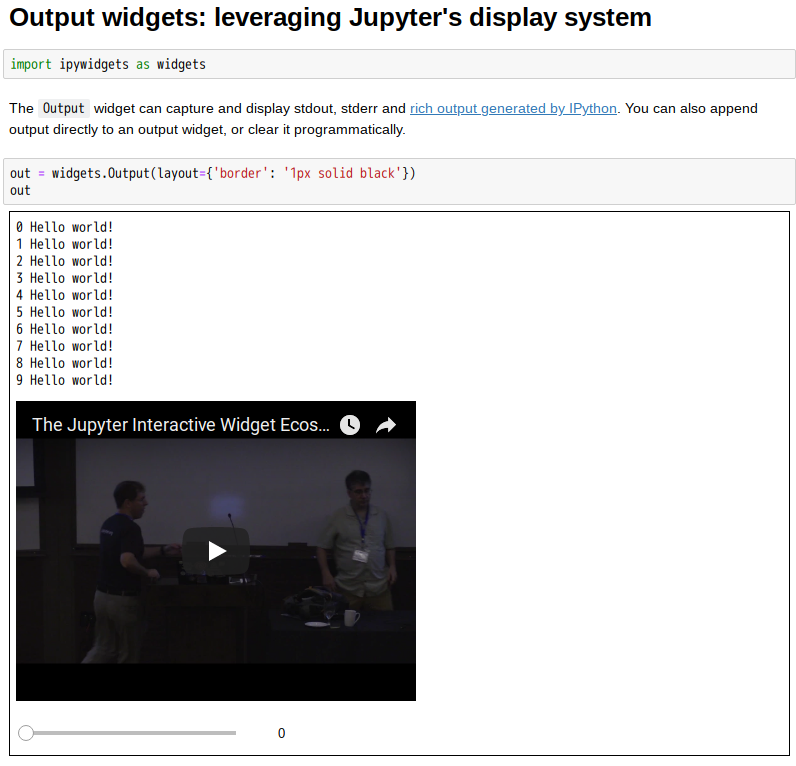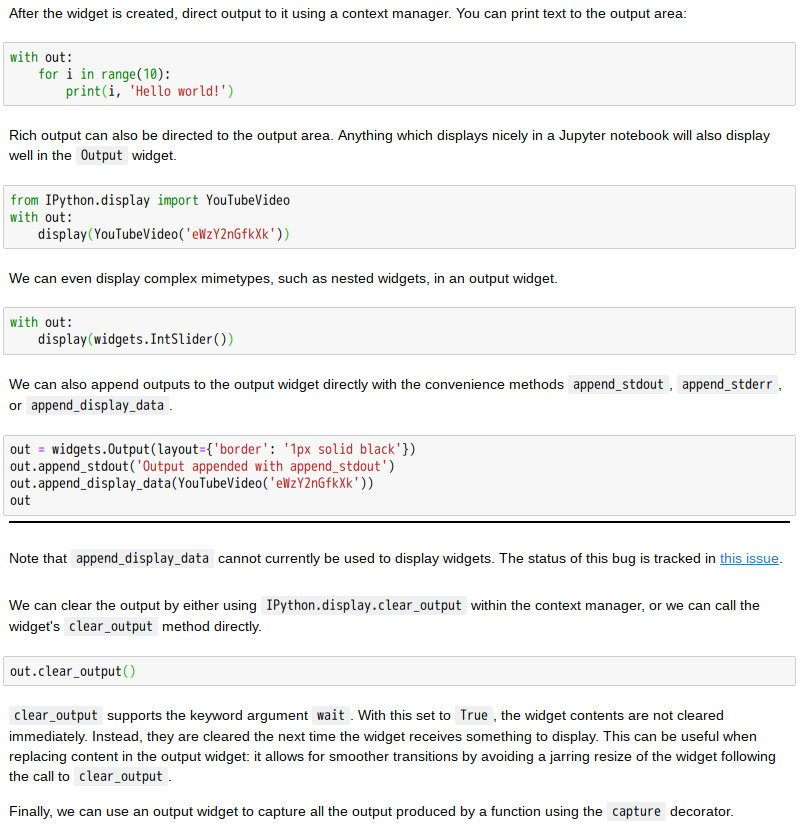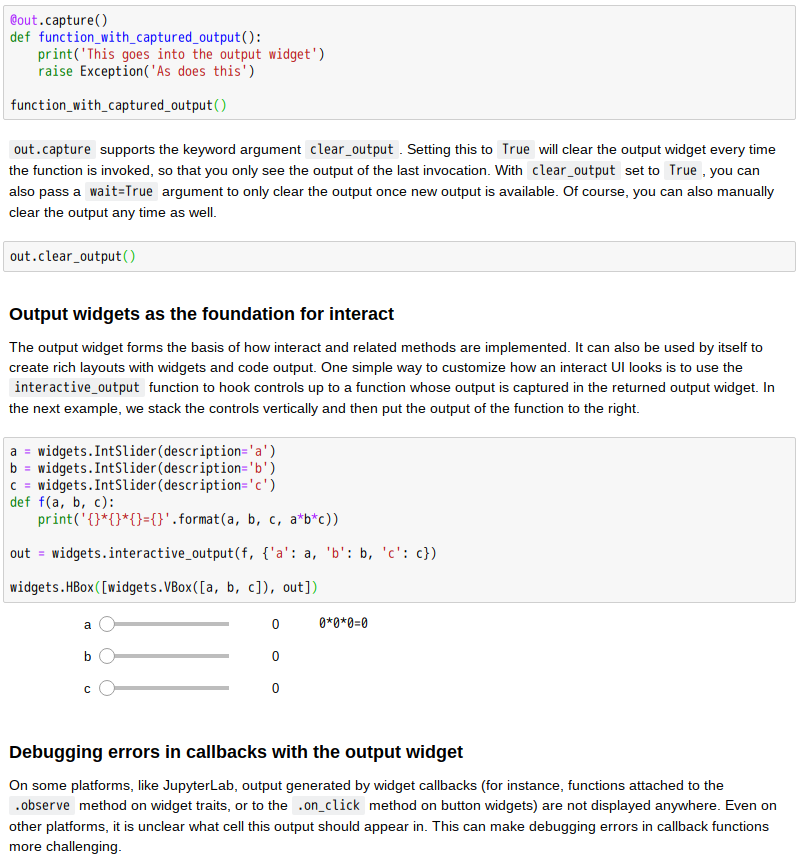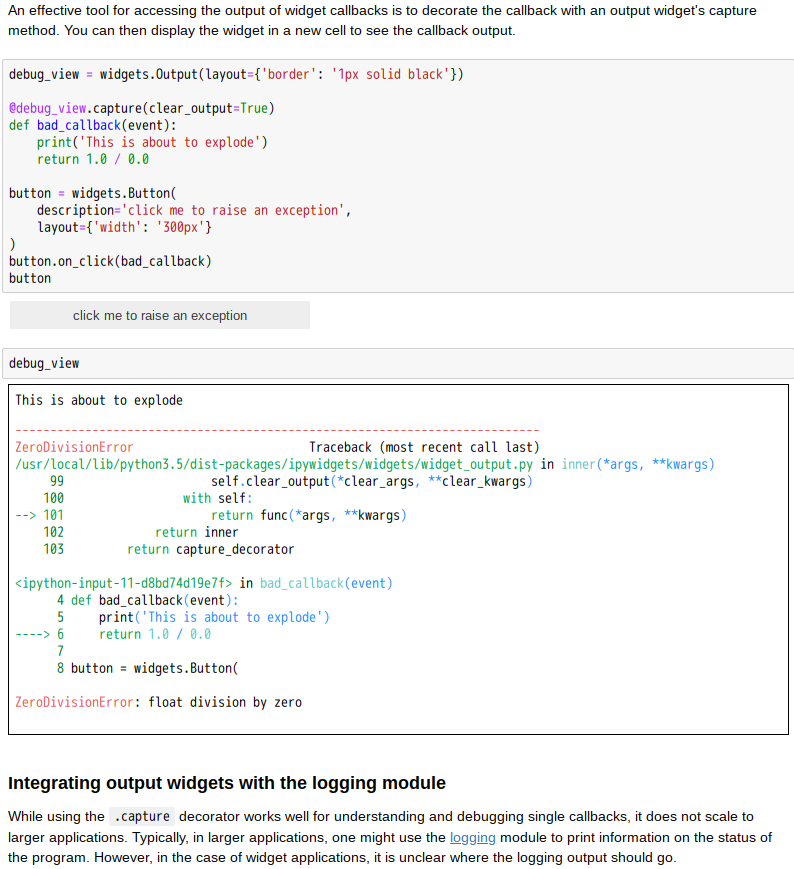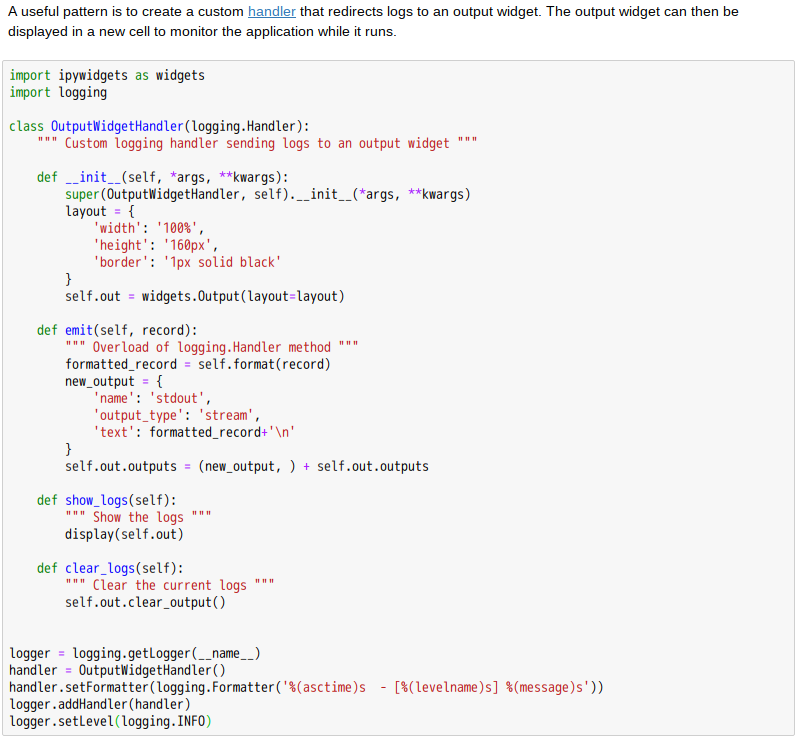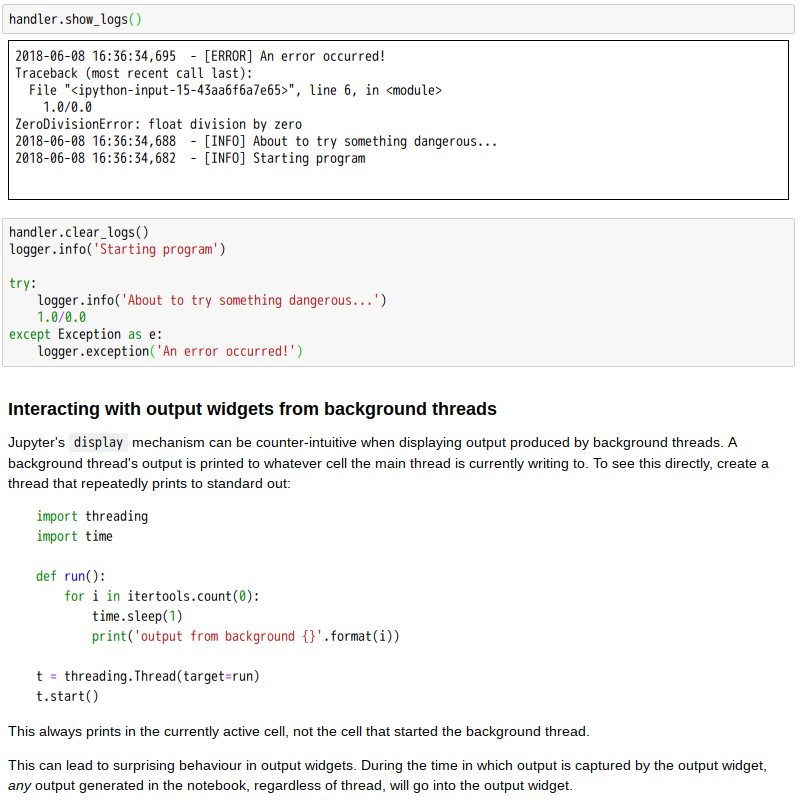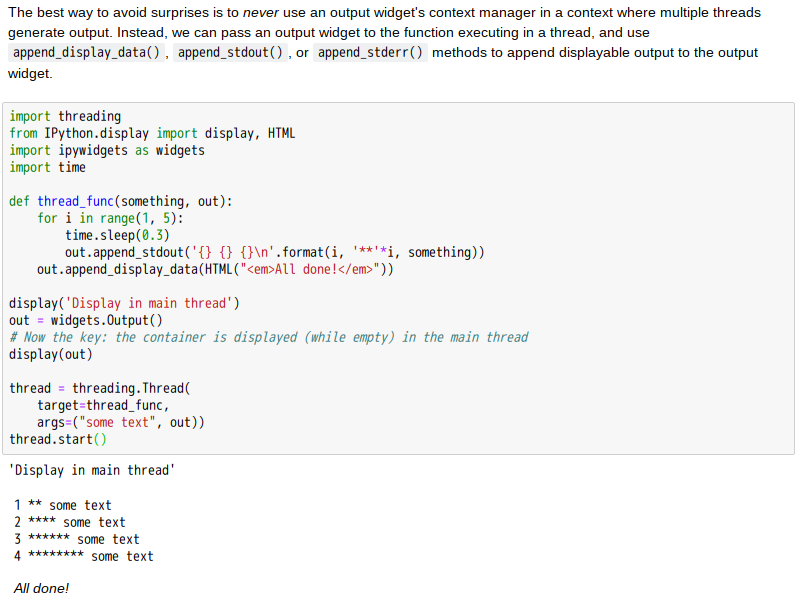通常熟悉教材思路模式利於掌握學習進入狀況。故此先講
輸入‧處理‧輸出模型︰
IPO model

The input–process–output (IPO) model, or input-process-output pattern, is a widely used approach in systems analysis and software engineering for describing the structure of an information processing program or other process. Many introductory programming and systems analysis texts introduce this as the most basic structure for describing a process.[1][2][3][4]
Overview
A computer program or any other sort of process using the input-process-output model receives inputs from a user or other source, does some computations on the inputs, and returns the results of the computations.[1] In essence the system separates itself from the environment, thus defining both inputs and outputs, as one united mechanism.[5] The system would divide the work into two categories:
- A requirement from the environment (input)
- A provision for the environment (output)
In other words, such inputs may be materials, human resources, money or information, transformed into outputs, such as consumables, services, new information or money.
As a consequence, Input-Process-Output system becomes very vulnerable to misinterpretation. This is because, theoretically, it contains all the data, in regards to the environment outside the system, yet on practice, environment contains a significant variety of objects, that a system is unable to comprehend, as it exists outside systems control. As a result it is very important, to understand, where the boundary lies, between the system and the environment, which is beyond systems understanding. This is because, often various analysts, would set their own boundaries, favouring their point of view, thus creating much confusion.[6]
指明其與 IPython 之
Read–eval–print loop
A Read–Eval–Print Loop (REPL), also known as an interactive toplevel or language shell, is a simple, interactive computer programming environment that takes single user inputs (i.e. single expressions), evaluates them, and returns the result to the user; a program written in a REPL environment is executed piecewise. The term is most usually used to refer to programming interfaces similar to the classic Lisp machine interactive environment. Common examples include command line shells and similar environments for programming languages, and is particularly characteristic of scripting languages.[1]
Uses
As a shell, a REPL environment allows users to access relevant features of an operating system in addition to providing access to programming capabilities.
The most common use for REPLs outside of operating system shells is for instantaneous prototyping. Other uses include mathematical calculation, creating documents that integrate scientific analysis (e.g. IPython), interactive software maintenance, benchmarking, and algorithm exploration.
A REPL can become an essential part of learning a new language as it gives quick feedback to the novice.
密切相關也。這可說是
《Jupyter Audio Basics》文章綱要哩!
─── 《【鼎革‧革鼎】︰ RASPBIAN STRETCH 《六之 J.3‧MIR-3 》》
望著
Output widgets: leveraging Jupyter’s display system
文本發呆!想著格與格間之互動?隨機而添、而抹的筆意!!
哪裡得『五色筆』
齊光祿江淹
文通詩體總雜,善於摹擬,筋力於王微,成就於謝朓。初,淹罷宣城郡,遂宿冶亭,夢一美丈夫,自稱郭璞,謂淹曰:「我有筆在卿處多年矣,可以見還。」淹探懷中,得五色筆以授之。爾後為詩,不復成語,故世傳江淹才盡。
方能寫此璀璨??
既無下筆處,只好有請讀者
何不『吃茶去』???
《趙州禪師語錄 》
(459)師問二新到:「上座曾到此間否?」云:「不曾到。」師云:「吃茶去!」又問那一人:「曾到此間否?」云:「曾到。 」師云:「吃茶去!」院主問:「和尚!不曾到,教伊吃茶去,即且置;曾到,為什麼教伊吃茶去?」師云:「院主。」院主應諾。師云:「吃茶去!」
